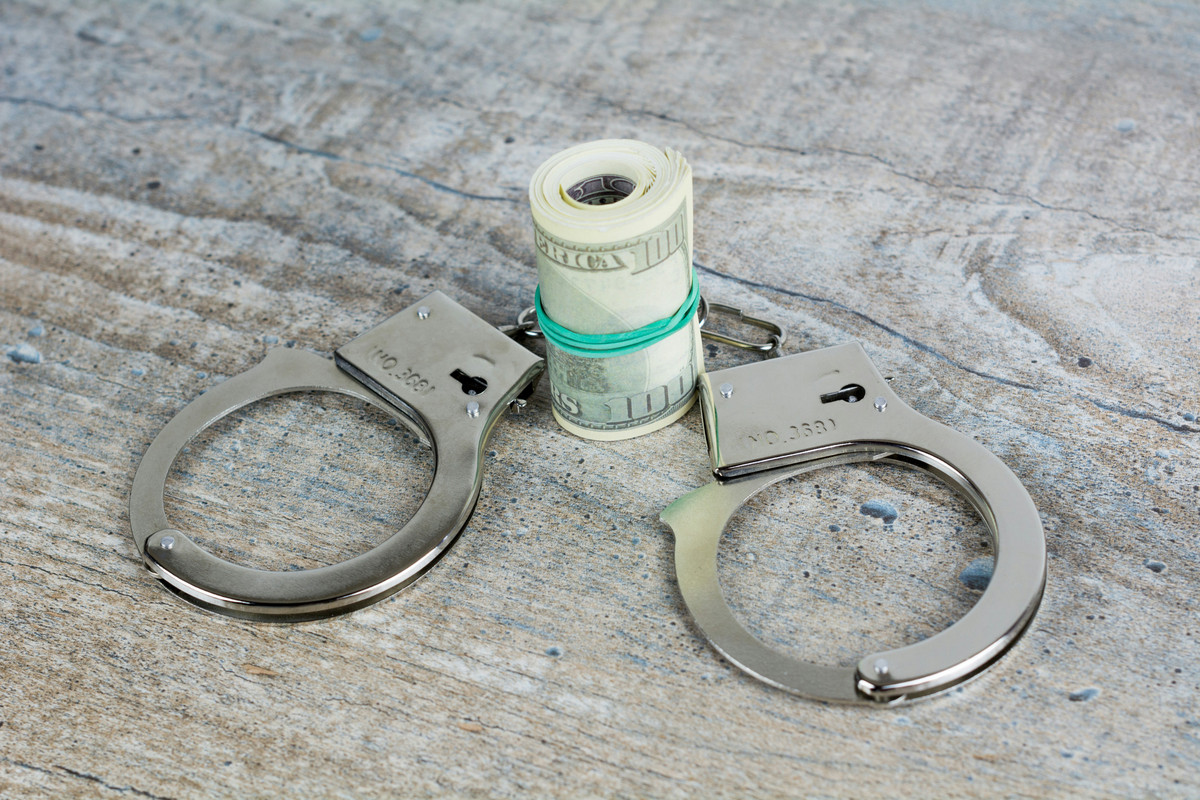Back to Publications


A Critical Analysis of the Bangladeshi Banking Sector
Date: 7/16/2025
Type: article
Aan Nur Rahi Abir
Research Associate
Bangladesh Institute of Governance and Geopolitics
The banking system is the backbone of the economy of any country. Bangladesh is no exception. They are the foundation of dreams whether it’s a small business hoping for a loan, a farmer seeking to invest in their land, or a school teacher saving for making a home. But under the regime of fascist Hasina, this sector turned into a honeycomb for the ruling party, teeming with political favors and corruption at its core. Credit must be given to them- they invented and tried, successfully most of the time, all the possible creative ways to loot money, create monopoly and establish an empire of monetary mafia. NPL (Non-Performing Loans) is one of the key indicators of the banking sector. High NPL ratio weakens a bank’s balance sheet, liquidity, profitability and economic growth. A NPL ratio above 10% should be considered problematic, and banks should take immediate steps to address the issue. If it exceeds 20%, the country may face financial instability, and corrective actions such as restructuring, recapitalization, and loan recovery measures will be essential. In 2009, when Hasina took over, this ratio was around 6.7% and she left it at more than 15% in 2024. It was 14 thousand crore BDT in 2009 and it was increased to 2.02 lakh crore BDT in June, 2024. This huge amount of NPL indicates the horrendous situation the fascist regime created in our banking system. They showcased the fairytale of development and hid the truth that they were pushing this country into bankruptcy. In a published article, The Financial Express highlighted that state-owned banks reported an alarming 42.8% NPL ratio, while private banks had a 15.6% ratio. The article discusses how the previous government's manipulation of loan classification standards contributed to the current crisis. Additionally, it notes that Bangladesh Bank plans to implement stricter classification rules, which may further escalate the NPL ratio. Bangladeshi oligarchs have discovered a new definition of bank loans. In their definition, the part is missing that loans are supposed to be paid back.
After the Awami League came into power in 2009, they started giving loans to such people and companies who would never repay the loans. The high command, especially the sheikh family, started manipulating bank boards to issue huge amounts of money as loan to their close individuals. Then the individuals established a money laundering ring and ensured their safety by sharing the commission with the sheikh family. Some of these cases are like. The Hall-Mark Group Scandal (2012) – 35 Billion BDT from Sonali Bank 2. The Destiny Group Scandal (2012) – 27 Billion BDT from Sonali Bank 3. The Bismillah Group Scandal (2014)- 10 Billion BDT from Janata Bank 4. The Crescent Group Scandal (2015) – 15 Billion BDT from Agrani Bank 5. The ICB Loans to Politically Affiliated Businesses (2022) – 22 Billion BDT from ICB 6. The S Alam Group Scandal (2017) – 40 Billion BDT from Sonali Bank These are just the cherry picks. Just S Alam himself is accused of laundering 1 lakh crore BDT. It was a shake to the whole banking sector.
These political cronies, with the assistance of the government, literally looted our banks. ACC and BFIU performed the character of ‘Himu’- they never did anything, they just observed. Hasina made the entire Banking Sector the extension of Awami League’s financial branch. The appointments of officials were always politically motivated and influenced. The Awami League used the banking system to reward loyalists and weaken the opposition. They often appointed persons with less qualifications and incompetence in crucial roles for their politically motivated agenda. These political appointees in bank management have been involved in loan disbursement scandals, which have led to large defaults by businesses linked to the government, thus straining the banks' finances and increasing their nonperforming loan ratios. This cronyism fueled a vicious cycle where incompetence and corruption breed more financial instability. And while the public continued to suffer under the weight of this economic mismanagement, the ruling party just kept thriving, securing its wealth and influence.
The institutions that were supposed to protect the public from financial ruin became tools for power consolidation. Under Hasina's regime, the dollar crisis became yet another example of the government’s sheer incompetence and mismanagement. The once-stable taka, which had been a symbol of Bangladesh’s growing economic presence, began to lose its value at an alarming rate. As foreign reserves dwindled and the government failed to secure sufficient dollar inflows, the taka slid into an abyss. But of course, Hasina’s government kept up the façade, claiming everything was under control while the public felt the brunt of rising import costs, inflation, and shrinking purchasing power. By 2024, the exchange rate had gone from a relatively stable 85 BDT to over 110 BDT to the dollar. The regime tried to patch up the mess by imposing restrictions on the dollar exchange, but instead of solving the problem, it only worsened it. People were forced to pay more for basic goods, and businesses that relied on imported materials were hit hard. The middle class was hit the hardest, struggling to keep up with the rising prices. Meanwhile, the ruling party cronies were still making their millions, often getting the best rates for dollars while the common people watched helplessly as their savings lost value. The devaluation of the taka wasn’t just an economic issue—it was a political one. Hasina’s regime, more concerned with keeping its grip on power, ignored the warning signs and continued with their reckless spending. While they kept throwing money at their loyalists and political projects, the real economy was crumbling. Imports became more expensive, inflation skyrocketed, and the country’s debt burden grew heavier. And the sad part? The ruling elite, who were responsible for this disaster, didn’t care. They had their wealth stashed away in foreign accounts, protected from the devastating consequences of their policies. In the end, the dollar crisis and the devaluation of the taka were just more nails in the coffin of an economy that had been mismanaged for years. The public paid the price, as always, while the government carried on with its show of progress. What makes the situation even more alarming is the fact that the government kept masking the reality with carefully crafted tales of growth. The media, often silenced or co-opted, spread stories of economic miracles, while the real story was the rising tide of debt and corruption. The country’s NPLs kept soaring, and banks were sinking deeper into liquidity issues, while the government’s claims of progress were nothing but a façade. Meanwhile, the common man—small business owners, farmers, anyone who used to rely on the stability of the banking system—was locked out. Loans, which should’ve been a tool for growth, had become an exclusive privilege for the politically connected. The average person struggled to get even a basic loan, while the cronies of the ruling party were just siphoning off public money. The recent reports of state-owned banks suffering from crazy-high NPL ratios confirmed the severity of the situation. The Financial Express pointed out that many of these banks were facing near-bankruptcy, all thanks to the unchecked greed and incompetence at the top. By mid-2024, banks like Sonali, Janata, and Agrani had NPL ratios above 40%. The total NPL across the banking sector crossed a shocking 2.02 lakh crore BDT (around 20 billion USD), compared to just 14,000 crore BDT (1.4 billion USD) in 2009 when Hasina first took office. If things had gone on like this, the entire banking sector would've just collapsed, dragging the economy down with it. But then in July 2024, after Hasina’s fall from power, things started changing. A new hope was born. Dr. Younus took over as Chief Adviser, and everything began shifting. He knew something had to be done, and fast. The deep rot in the banking system had to be cleaned up. Younus wasn’t just about talk; he acted. He brought in Ahsan H Monsur as Governor of Bangladesh Bank, a guy who actually understood how to handle the mess. Mr. Monsur immediately set to work—bringing in stricter regulations, reviewing financial health across banks, and ensuring the country’s financial stability was no longer a joke. Mr. Monsur wasn't just sitting back while the country drowned. And then there was Ashik Chowdhury, the Chairman of BIDA, who was also roped in to steer the economic recovery. Chowdhury’s pragmatic approach to reform became the backbone of Younus’s strategy. He worked on attracting foreign investment to balance out the damage the previous regime’s policies had caused. BIDA started cutting through red tape, and businesses finally started seeing some light at the end of the tunnel. Ashik was about results, not empty promises.
The trio—Younus, Mr. Monsur, and Chowdhury—got to work quickly. Younus rolled out a debt recovery program that focused on the politically connected defaulters. This was about justice, not favoritism. The program wasn’t perfect—there were struggles, especially when it came to removing those political cronies—but it was a start. Big defaulters who thought they could walk free were now facing consequences. The NPL ratio, which was choking state-owned banks, started dropping. It was like the banks had finally started breathing again. By the end of 2024, the NPL ratio in these banks dropped from a terrifying 42.8% to about 32%. It wasn’t a miracle, but it was progress. Private banks also saw improvements, though they weren’t as deep due to the political influence still lingering. But by 2025, things were starting to look up. The GDP projections went up to 5.2%, from just 3.5% in 2024. The new regulatory framework implemented by Younus, and enforced by Ahsan Monsur at Bangladesh Bank, became the game-changer. They introduced measures to ensure that future lending wasn’t dictated by political loyalty but by actual business merit. The whole country could see it happening. Mr. Monsur’s leadership at Bangladesh Bank started restoring trust.
The once-crippled banking sector was slowly finding its feet again. Under Younus’s leadership, the country’s banking system began to recover. There were still many hurdles to overcome, but the work had begun. The reforms brought stability, and the country started moving forward. Bangladesh was no longer at the mercy of an incompetent regime—it was building back, brick by brick. It was messy, it was hard, but for the first time in years, there was hope that the banking sector could actually serve the people again.